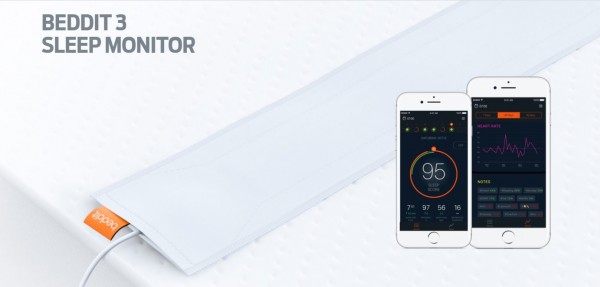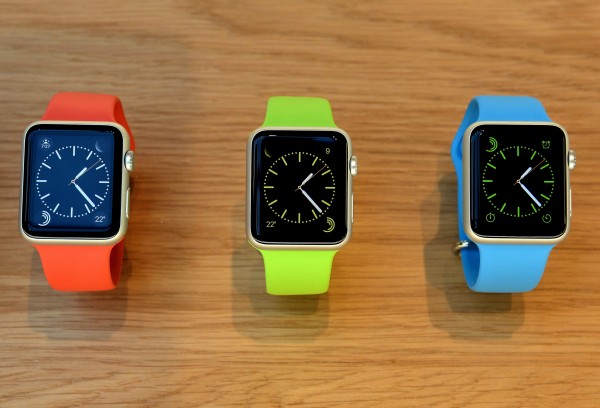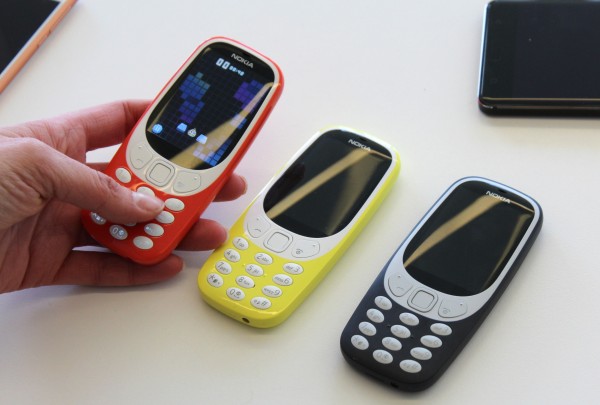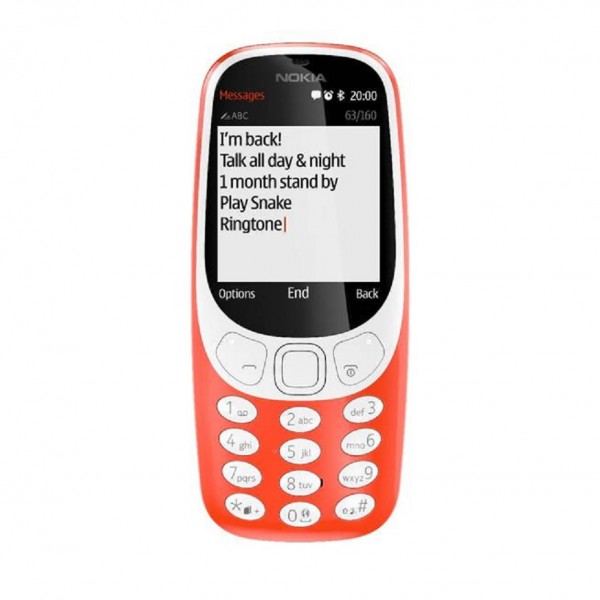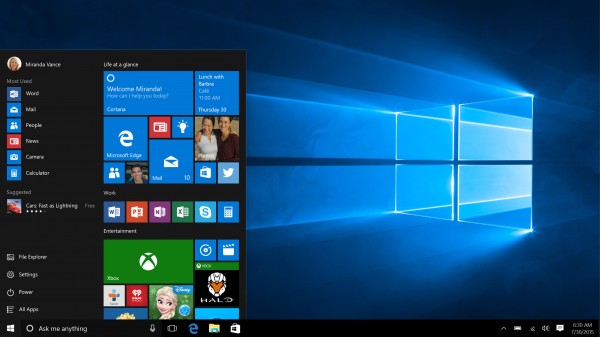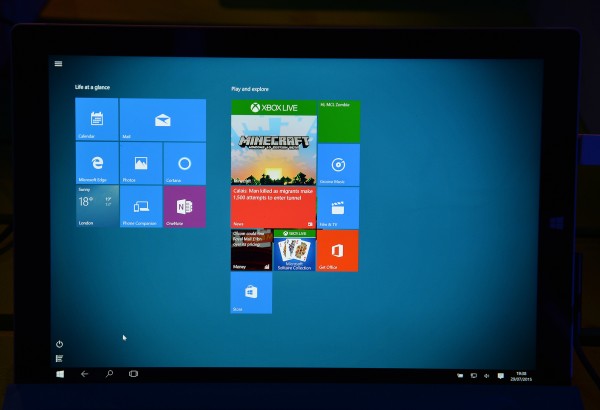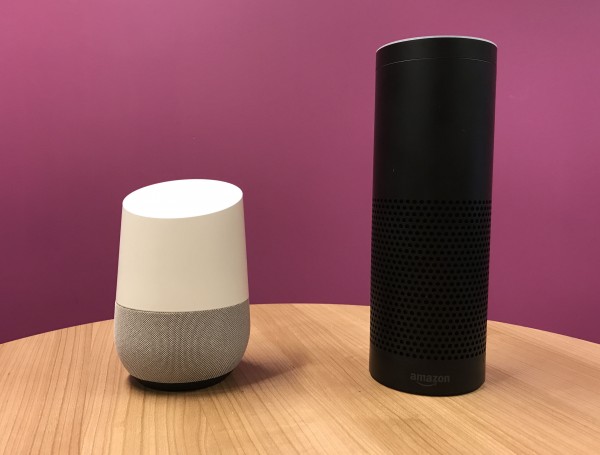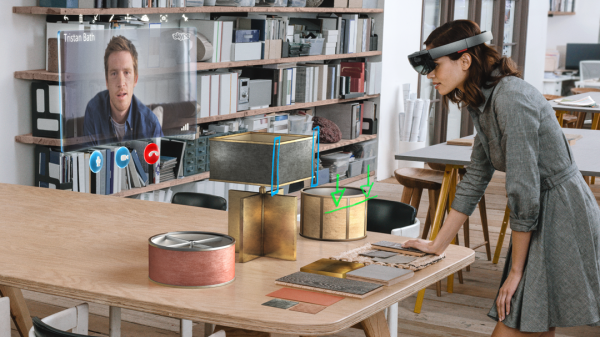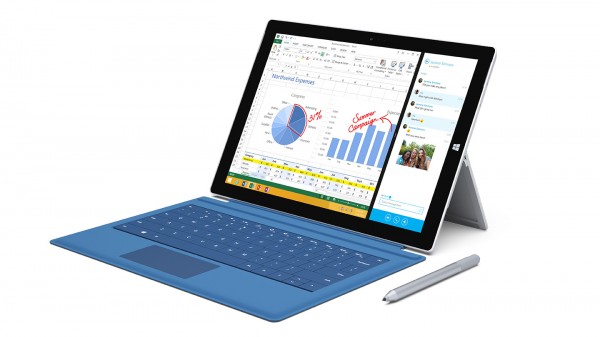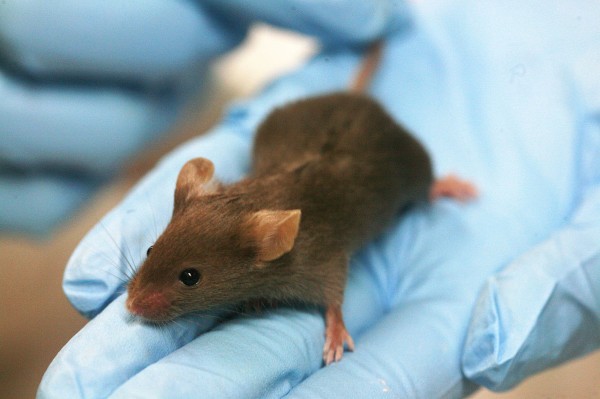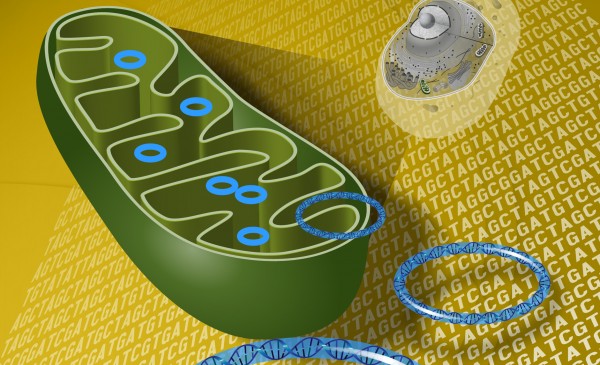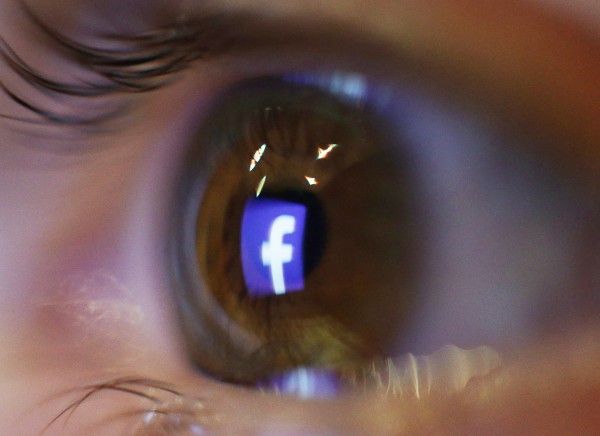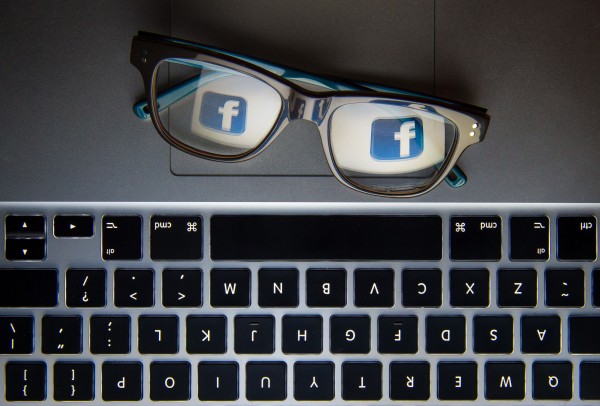A tipper truck driver who stole his 32-tonne works wagon, almost ran over his boss at the depot and swerved towards a police car has been jailed for six months.
Dramatic police helicopter pictures showed Patrick Denman, 36, driving the wrong way along a dual-carriageway, going through a red light and ended up stuck on a grassed area close to his ex-wife's home in Cramlington, Northumberland.
Like a scene from a TV show, he can be seen being pinned on the floor by the officer who arrested him.
Judge Amanda Rippon, sitting at Newcastle Crown Court, found that the driver was heading towards his ex's home in an attempt to intimidate her.
She accepted his personal expression of remorse said in court and heard he was undergoing a nervous breakdown.
She told him: "Mr Denman, there really is only one appropriate sentence for someone who takes an HGV vehicle and drives it on public roads in rush-hour traffic against the traffic towards oncoming vehicles in the way you did."
She jailed him for six months, banned him from driving for 15 months and imposed a five-year restraining order keeping him away from his ex-wife.
Denman, of North Seaton Road, Ashington, previously admitted aggravated vehicle taking and driving dangerously, as well as driving without insurance.
Neil Pallister, prosecuting, said Denman started work as normal at 7am on March 16 but was called back to the Owen Pugh depot in Dudley, North Tyneside an hour later.
There was a row with his boss Dennis Derrick over his time sheets and Denman, who had missed out on two promotions, quit his job and headed straight to his vehicle.
Colleagues thought he was grabbing his personal possessions but he started the truck and revved the engine.
CCTV from a camera in the truck showed Mr Dennis standing in front of the tipper truck with his hands up, urging Denman to stop, but the driver continued to rev the engine and move forward slowly.
Mr Derrick was directly in front of the Mercedes but was forced out of the way.
He shouted: "Stop! You're not getting out."
Denman replied: "Get out of the f***ing way, I'm going."
Two colleagues tried to jump into the cab to force him to stop and they either fell or jumped as it continued through the depot gates, the court heard. No-one was injured.
The court heard he drove for around 12 miles without incident until he was on the A1172, where he was spotted by officers in patrol cars and the force helicopter.
Denman crossed the central reservation, performed a U-turn then headed back on the wrong side of the dual-carriageway towards two stationary patrol cars that had been sent to the incident.
He swerved towards one of them, went left through a red light into a housing estate in Langdale Drive, then immediately on to a grassed area where his truck got stuck.
Denman and a friend he had picked up on the way to give him support in his distressed state were grabbed by police.
The driver denied he intended to drive to his ex-partner's home, saying he was trying to escape.
His intention was to drive over the grass, head up a lane, "decamp" and get away on foot.
Denman, who said he has been diagnosed with an anti-social personality disorder, said he was under extreme stress and was in a lot of physical pain when he was "in the middle of a nervous breakdown".
But he insisted he did not intent to hurt anyone that day.
He told the judge he drove on to the grass because he knew he could not escape the powerful police cars on the road.
"Obviously, I knew they were there and I knew I could not compete with a T5," he said.
"A T5 can go 160, my truck can do 56mph.
"The only way I can get away is to go on the grass."
He told the judge: "I am truly sorry for the inconvenience I have caused and I didn't mean to hurt anybody."
